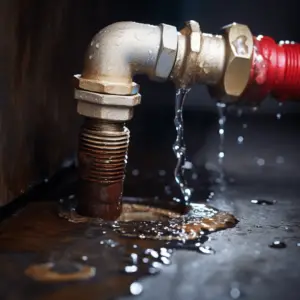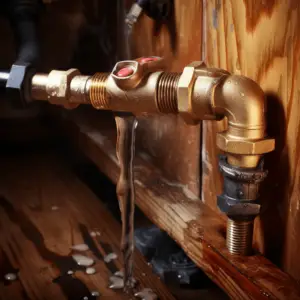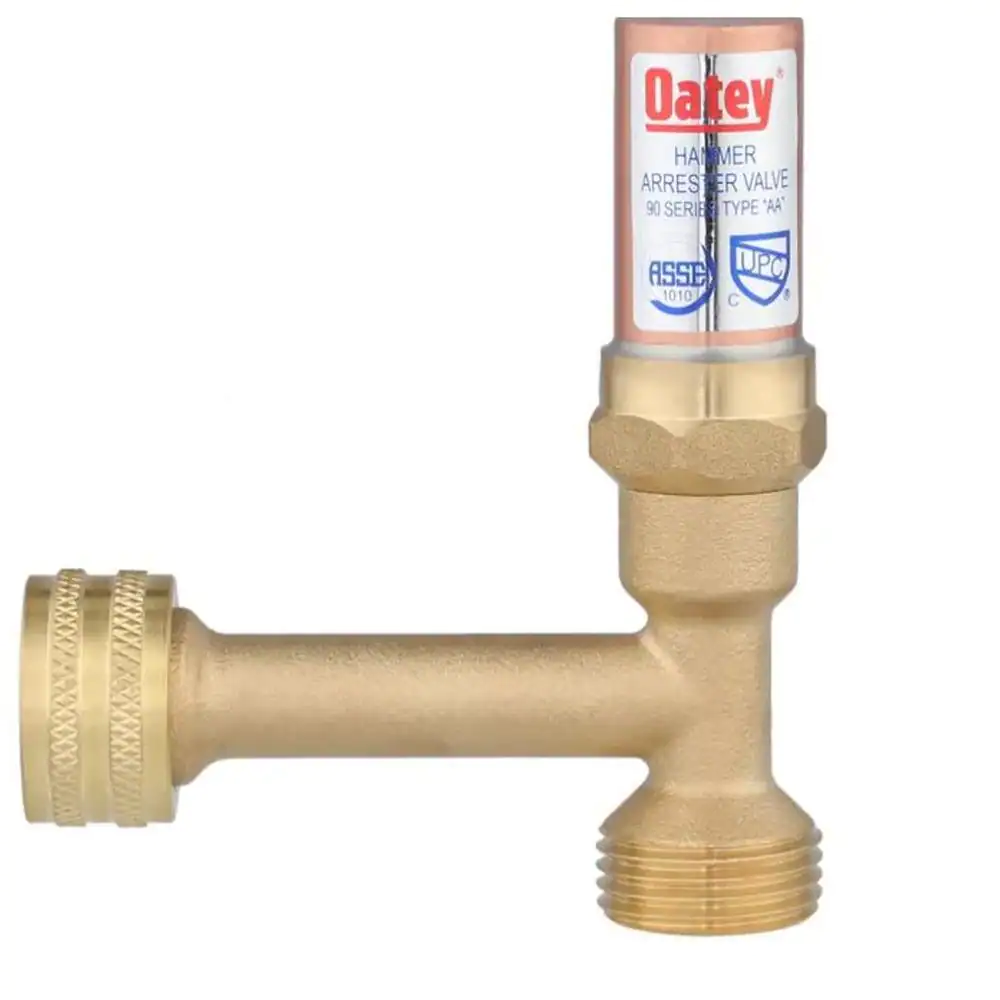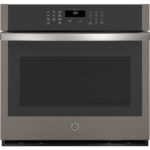Malfunctioning of the water hammer arrestor is a plumbing issue that should not be ignored. It’s not serious like the burst pipe, but it requires your prompt and full attention.
The entire plumbing system is affected when the water hammer arrestor has a problem. Therefore, what do you do if the water hammer arrestor is not working? In other words, how do you address hydraulic shock?
Before you make any progress in correcting faulty water hammer arrestors, please confirm first whether the water hammer arrester is working or not. If it’s not working, proceed with the repairs and replacement.
When dealing with a damaged water hammer arrestor, there are two directions that you can follow to resolve the issue. First, adjust the water pressure direction. Secondly, you need to stabilize the loose water supply lines.
That’s a little information you need to understand in the entire process of correcting damaged water hammer arrestors. Continue reading to find all the details you need to know, which will help you when the water hammer arrestor is not working. Are you ready? Let’s get started with basic definitions.
Table of Contents
What is a Water Hammer?

It’s common to find that when you turn off the water taps, you will hear the pipes rattling. That is the mechanism of the water hammer or otherwise called the hydraulic shock.
When water encounters sudden stoppage inside the pipes, it will lash backwards and create a shockwave. The appliance with the water hammer is the dishwasher and the washing machine, among others.
The solenoid valves typically control the water supply in the two appliances. The regulation is that electrical stoppage of water flow tends to be immediate.
Since the water won’t have any other space to accumulate after tap closure, water will flow back with high pressure to cause a loud bang. The air chambers will absorb the extra pressure in the system, and if the system is blocked by water or any other residue, the water hammer arrestor will stop working.
How to Tell If the Water Hammer Arrestor Is Working or Not
Water hammer arrestors don’t spoil within months. With proper care and maintenance, it will serve its functions for more than three years. According to most users, water hammer arrestors spoil at a range of between 3 to 4 years.
There are some signs that you will note to confirm that the water hammer arrester is not working. For example, you might realize that the circulator pump is making unnecessary noise. However, remember that the circulator pump can make noise due to other issues.
To know if the water hammer arrestor is bad, you can put it to the test. First, install the pressure gauge on the external hose and wait for the magic figure, which is 75 psi. However, remember that the display might be higher.
If you see 75 PSI please contact the professional technician immediately since that already indicates that the water hammer arrestor has issues.
Damage to the shutdown valves is also another sign that the water hammer arrestor is bad. As a result, you can opt to replace the valves, but to minimize the cost of regular shut-off valve replacement, you can correct the water hammer arrestor itself.
Lastly, sudden noise from the water pipes might indicate that the water hammer arrestor has some issues.
What to Do If the Water Hammer Arrestor Is Not Working

As stated above, the water hammer arrestor can stop working for two reasons. Indeed, an item without the moving parts can’t wear out, but the air trapped in the water can make it waterlogged over time.
The O-ring style and gas-charged piston can also wear out with the presence of silt. Moreover, too much water pressure in the water lines can cause water hammer issues since it prevents the arrestor from working properly.
Follow the following steos to fix the water hammer arrestor that is not working. You already have a basic understanding of the water hammer arrestor, but you have no idea how to prevent damage to it. The directions that must be followed are provided here.
Here are some of the necessary tools that you need for the work to be done properly:
- Screwdriver or a wrench
- Screws
- Pipe straps with padding
STEP 1: Set the Water Pressure Reduction Valve
First, control the pressure by adjusting the pressure-reducing valve. These are located close to a house’s primary water source.
Depending on the manufacturer, some valves include a movable handle. Others will require the use of a screwdriver or wrench. Adjust the PSI on the valve to 50 or fewer settings using the tool.
Most houses can function well with a set of less than 50 PSI. Lowering a home’s water pressure also reduces energy consumption. Additionally, it promotes water conservation and lengthens the life of automated pieces of machinery.
STEP 2: Tighten Up Loose Water Supply Lines
Plumbers utilize U-shaped pipe restrictions when building a house. Water supply lines are fastened to timber joists or studs using screws. Unfortunately, sometimes the straps aren’t tight enough. Additionally, some straps are always forgotten. The water hammer arrestors will eventually sustain damage due to the loose water supply lines.
Use a screwdriver to tighten the free pipe straps and stop the pounding. Alternatively, you can add extra pipe straps for better stability, mainly due to the thin steel or plastic of which most pipe straps are made.
However, cushioned pipe straps are another option that can help reduce vibration. That makes it impossible for the water hammer arrestors to protect you.
Remember that copper pipes shouldn’t be secured with galvanized or metal straps because the combination of chemicals promotes plumbing and electrolysis.
The Bottom Line
Most people usually complain about the water hammer arrestors not working. If you’ve recurring water hammer problems, you need a thorough check of the water pipes. You should locate the cause of hydraulic shock and install the arrestor in the right position. In addition, it’s also crucial for you to adhere to simple yet highly effective practices to protect the water hammer.


